Latest
Retail News
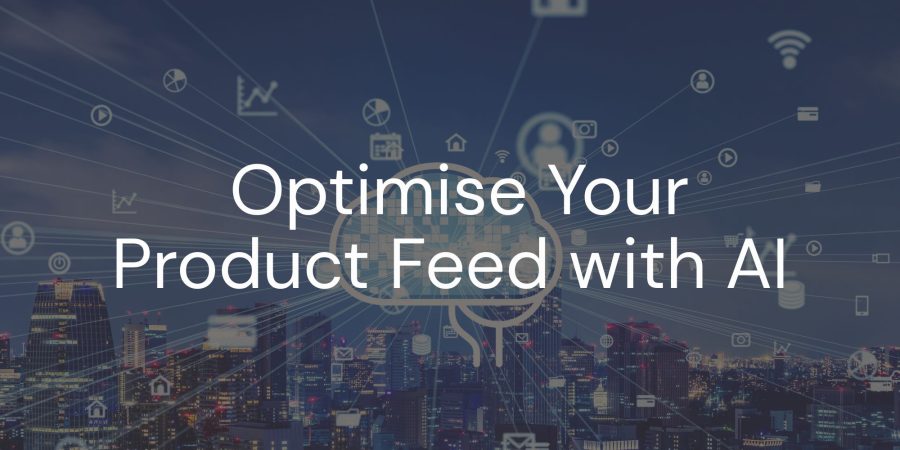 News
News
Optimise Your Product Feed with AI
Given the competitive e-commerce landscape, where consumer confidence is low and CPCs are increasing, having an optimised product feed is…
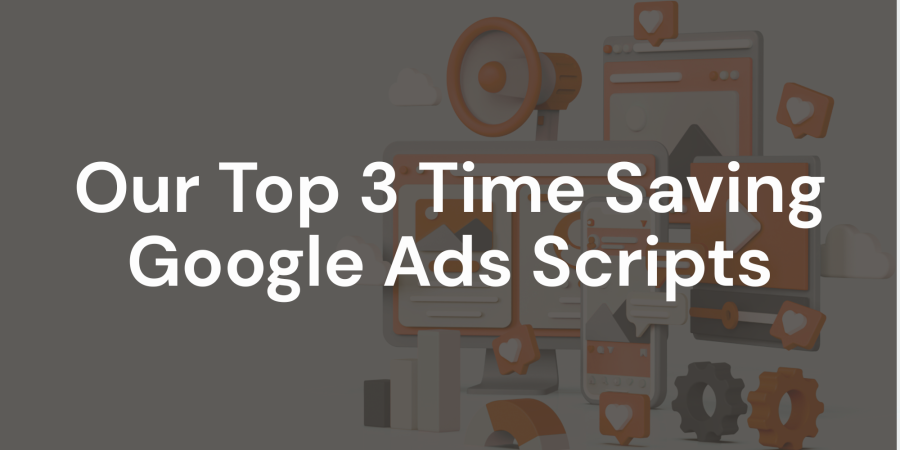 News
News
Our Top 3 Time Saving Google Ads Scripts
Keeping a Google Ads account performing at its best isn’t just about setting the right budget or choosing strong keywords…
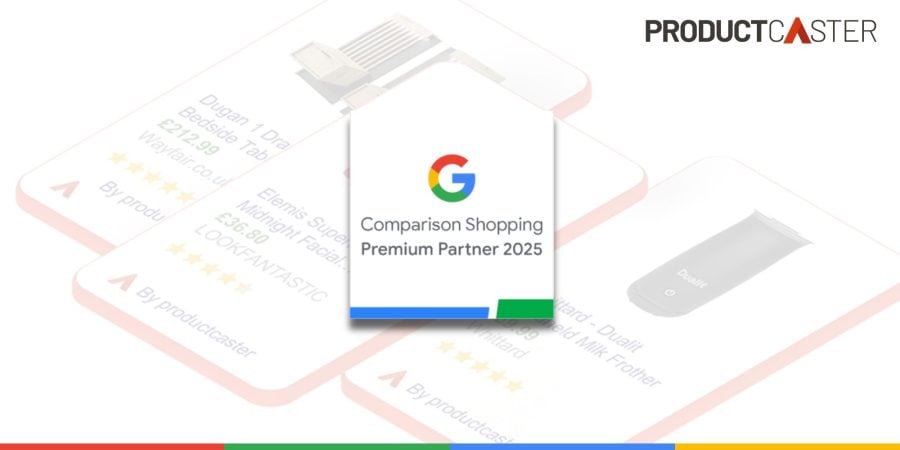 News
News
Proud to Continue as a Premium Google CSS Partner in 2025
We’re proud to announce that Productcaster has once again been recognised as a Premium Google CSS Partner for 2025, continuing…
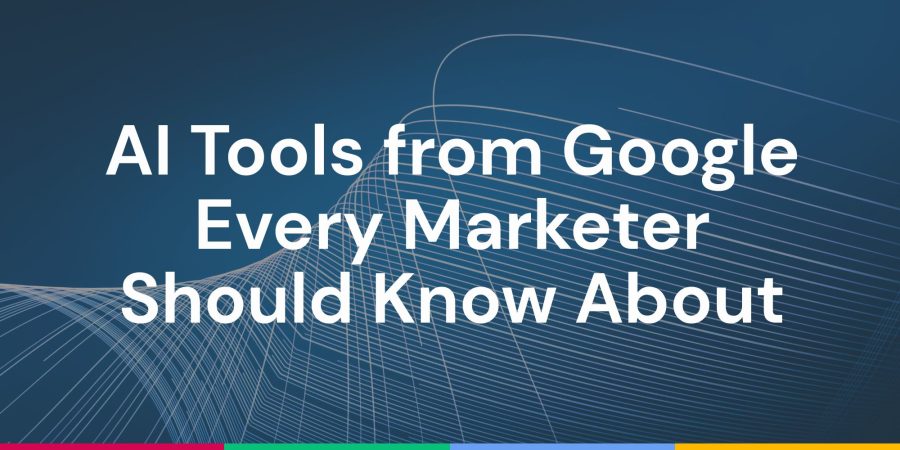 News
News
AI Tools from Google Every Marketer Should Know About
This week’s Google’s Exec Leaders event was the best Google event I’ve attended in a long time (and I’ve attended…
 News
News
Productcaster Secures Innovate UK Grant to Launch ProductTester App
Productcaster awarded Innovate UK Grant to launch new automated experimentation app for ecommerce We’re excited to announce that Productcaster has…
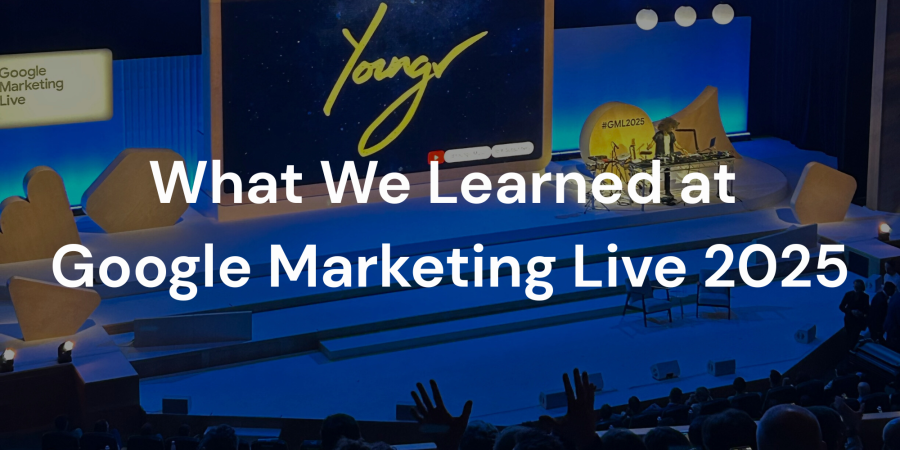 News
News
What We Learned at Google Marketing Live 2025
You can buy more YouTube using AI! Events such as Google Marketing Live are always useful for confirming what you…
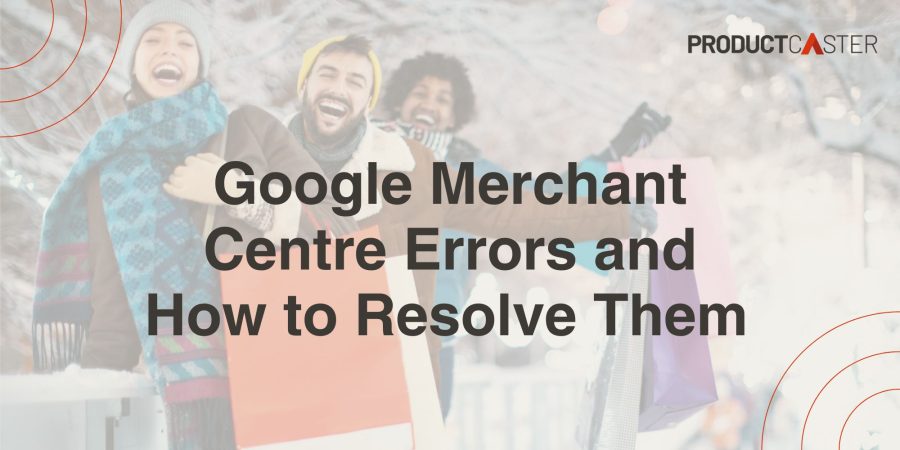 News
News
Google Merchant Center Errors and How to Resolve Them
It can be a pain when you get disapprovals within the Merchant Center, especially if you don’t know how to…
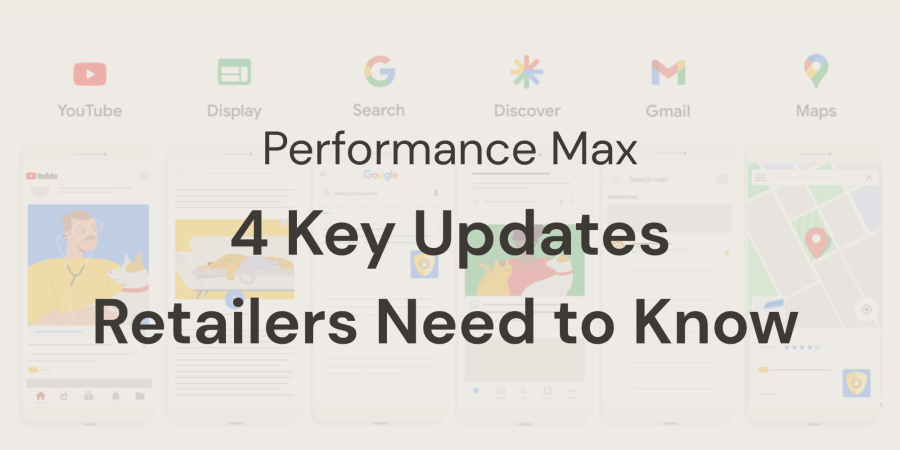 News
News
Performance Max: 4 Key Updates Retailers Need to Know
Google has announced major new updates to Performance Max, aimed at giving marketers and retailers much deeper insights into how…
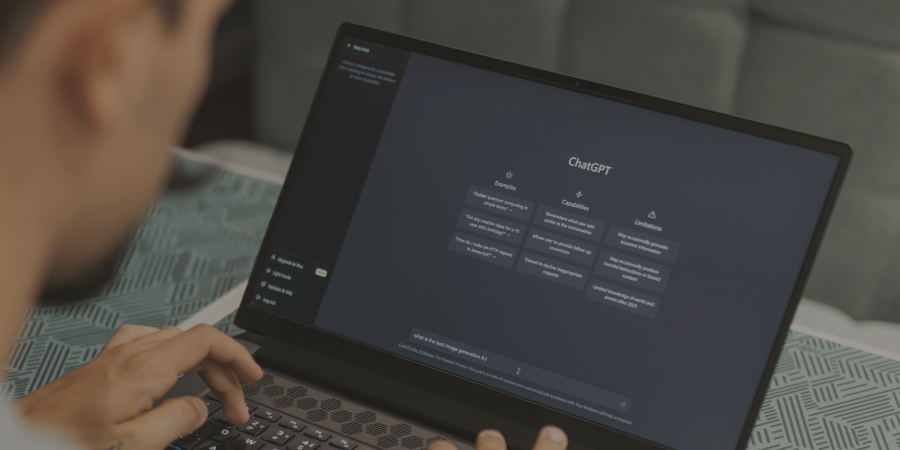 News
News
ChatGPT Adds Product Discovery
ChatGPT have announced the launch of product recommendations in their search results. This will include personalised product recommendations using past…